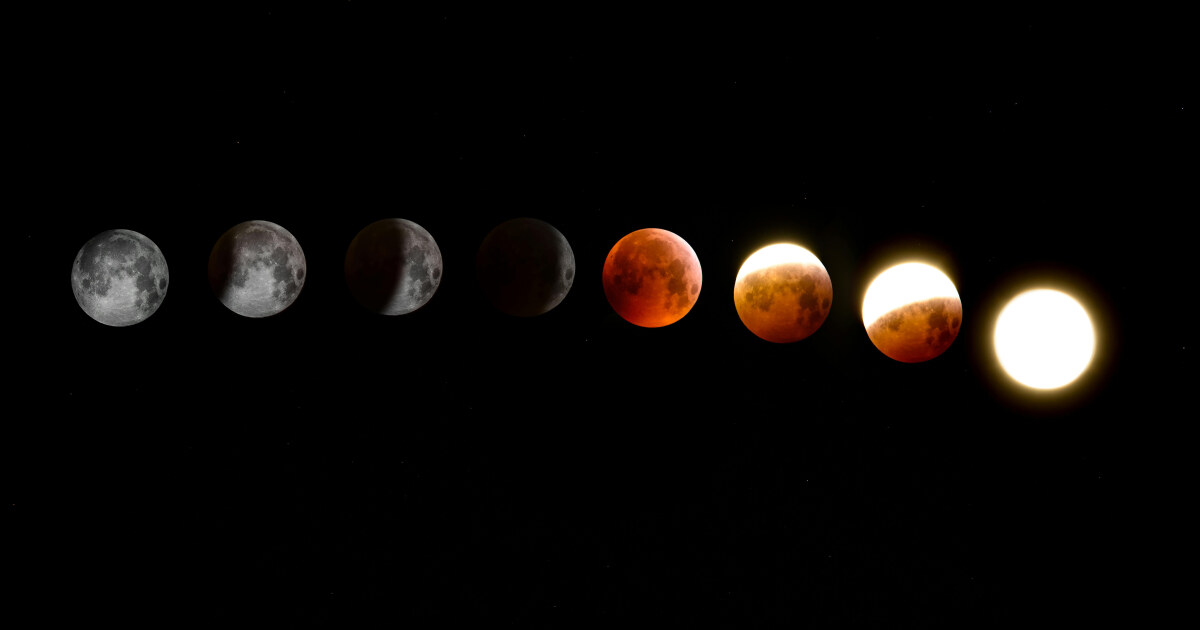How not to fail at photographing a solar eclipse
Affinity's 8 top tips for capturing the phenomenon.
Unless you've been hiding in the shadows, you've probably heard that there's a solar eclipse taking today. Set to span North America, the phenomenon involves the Moon moving between the Earth and the Sun – and it's the last significant eclipse we're likely to see until 2045. Which means you're probably going to want to take a photo or two.
Given that photographing an eclipse involves pointing a camera at the sun (or lack thereof), it's not the easiest endeavour. But Affinity (of Affinity Photo 2 fame) is on hand with some handy tips for getting the most out of your solar snaps. Once you've perused these (and bagged one of the best cameras, of course), you'll have no trouble capturing the historic event.

From using a solar filter to bringing a sturdy tripod, Affinity's 8 tips for photographing a solar eclipse include some simple but easily overlooked methods. Perhaps the most important tip is to shoot manual – with dynamic light an intrinsic aspect of any eclipse, it's important to be reactive, and respond to changing conditions.
But of course, many will simply opt to use the camera they have with them: a smartphone. If that's the case, you can do your bit for scientific research by using the new NASA app, which might just help to reveal the sun's true shape.
Daily design news, reviews, how-tos and more, as picked by the editors.

Daniel John is Design Editor at Creative Bloq. He reports on the worlds of design, branding and lifestyle tech, and has covered several industry events including Milan Design Week, OFFF Barcelona and Adobe Max in Los Angeles. He has interviewed leaders and designers at brands including Apple, Microsoft and Adobe. Daniel's debut book of short stories and poems was published in 2018, and his comedy newsletter is a Substack Bestseller.
